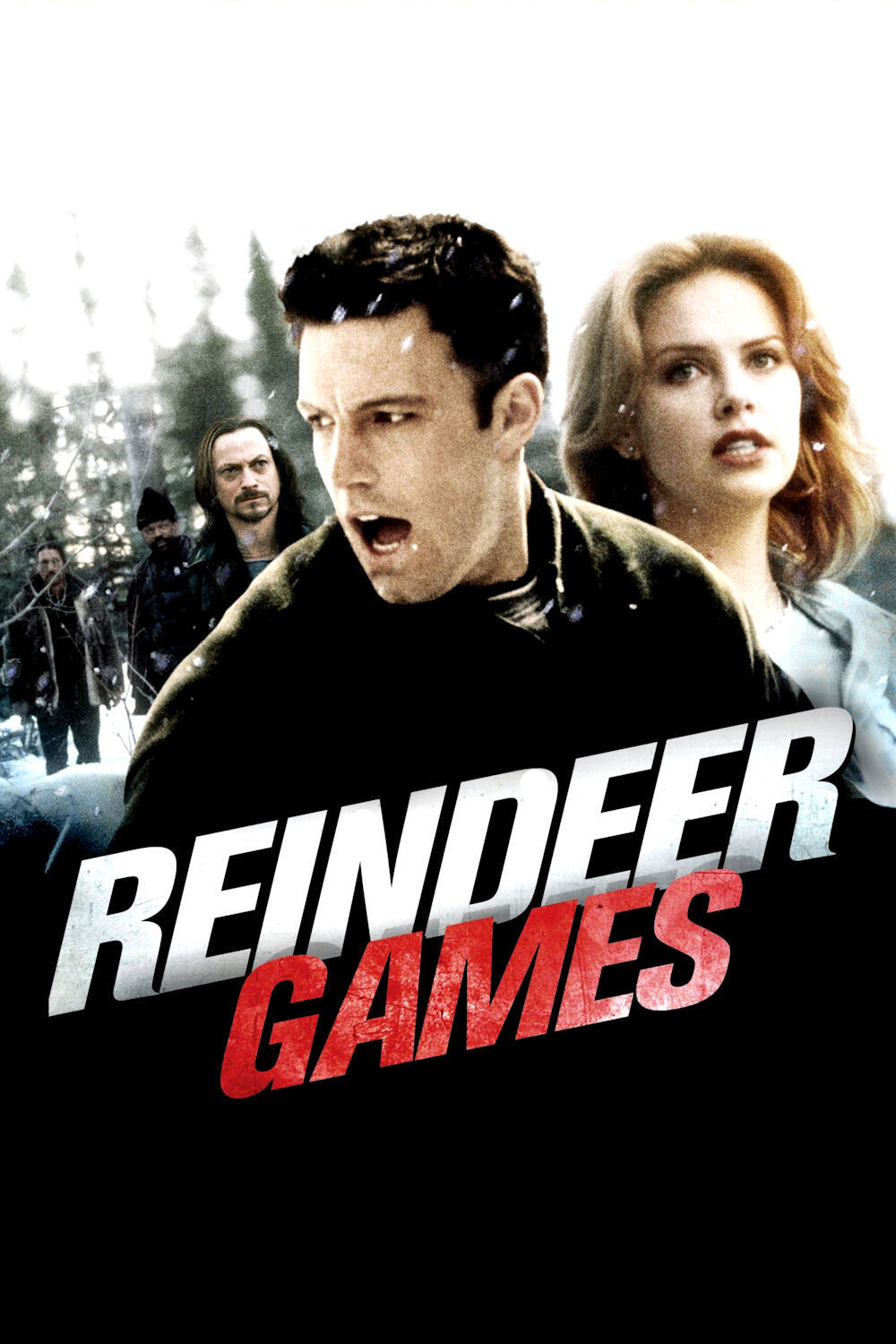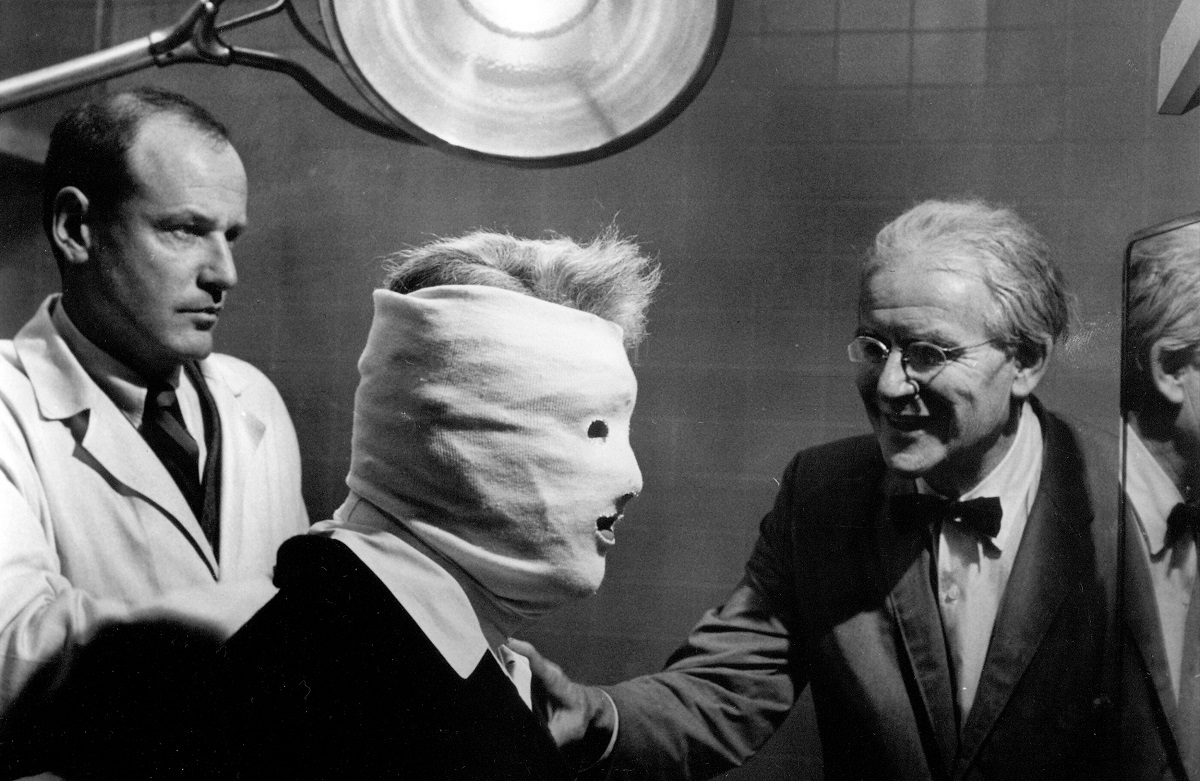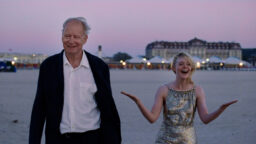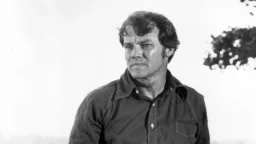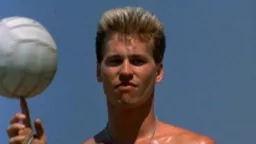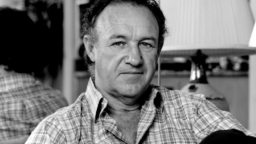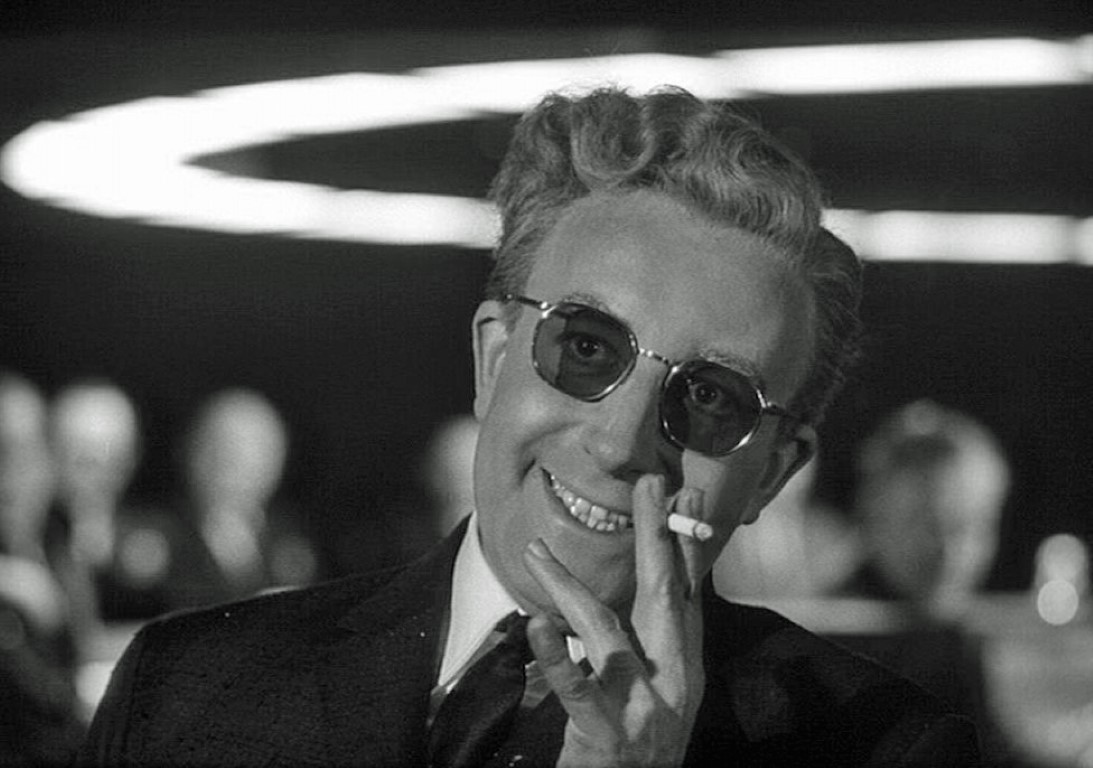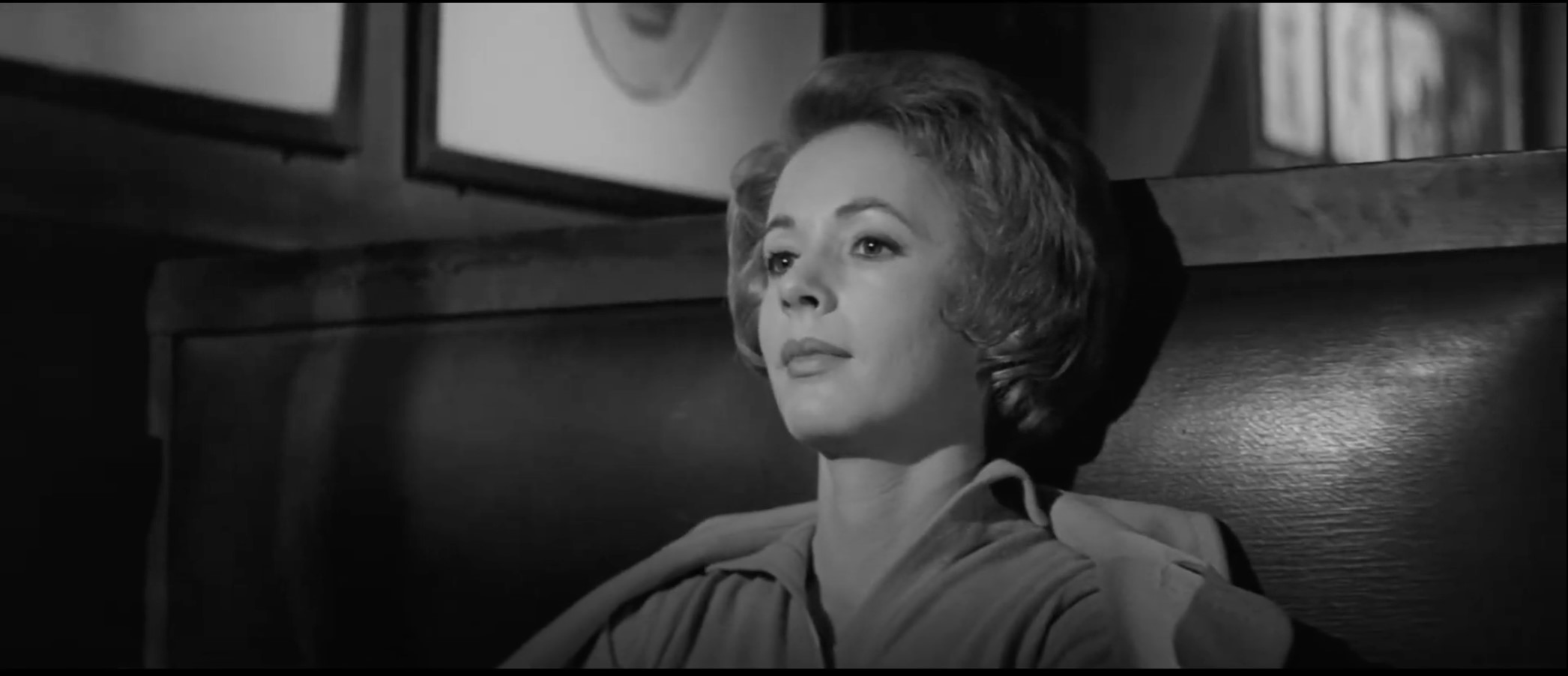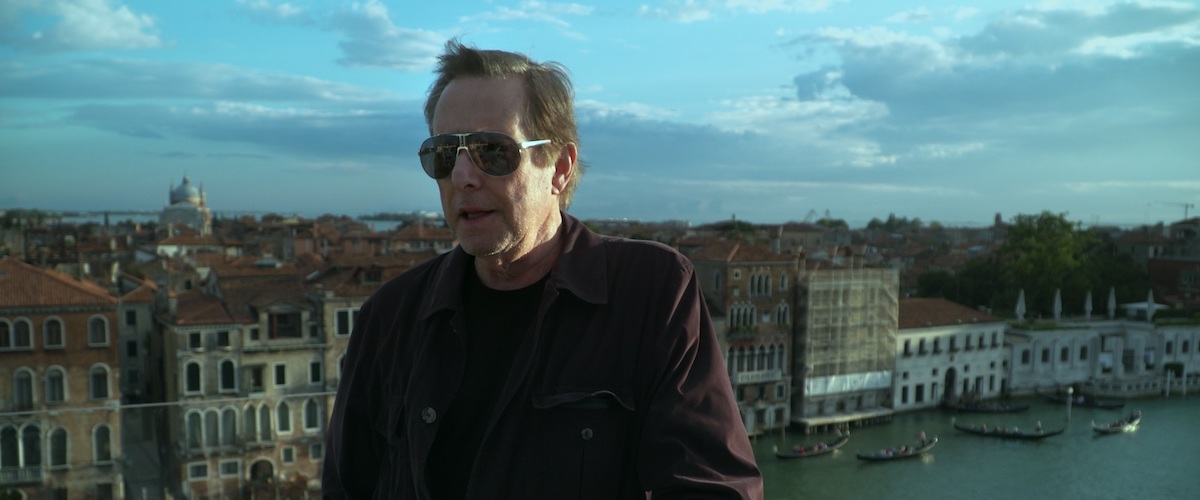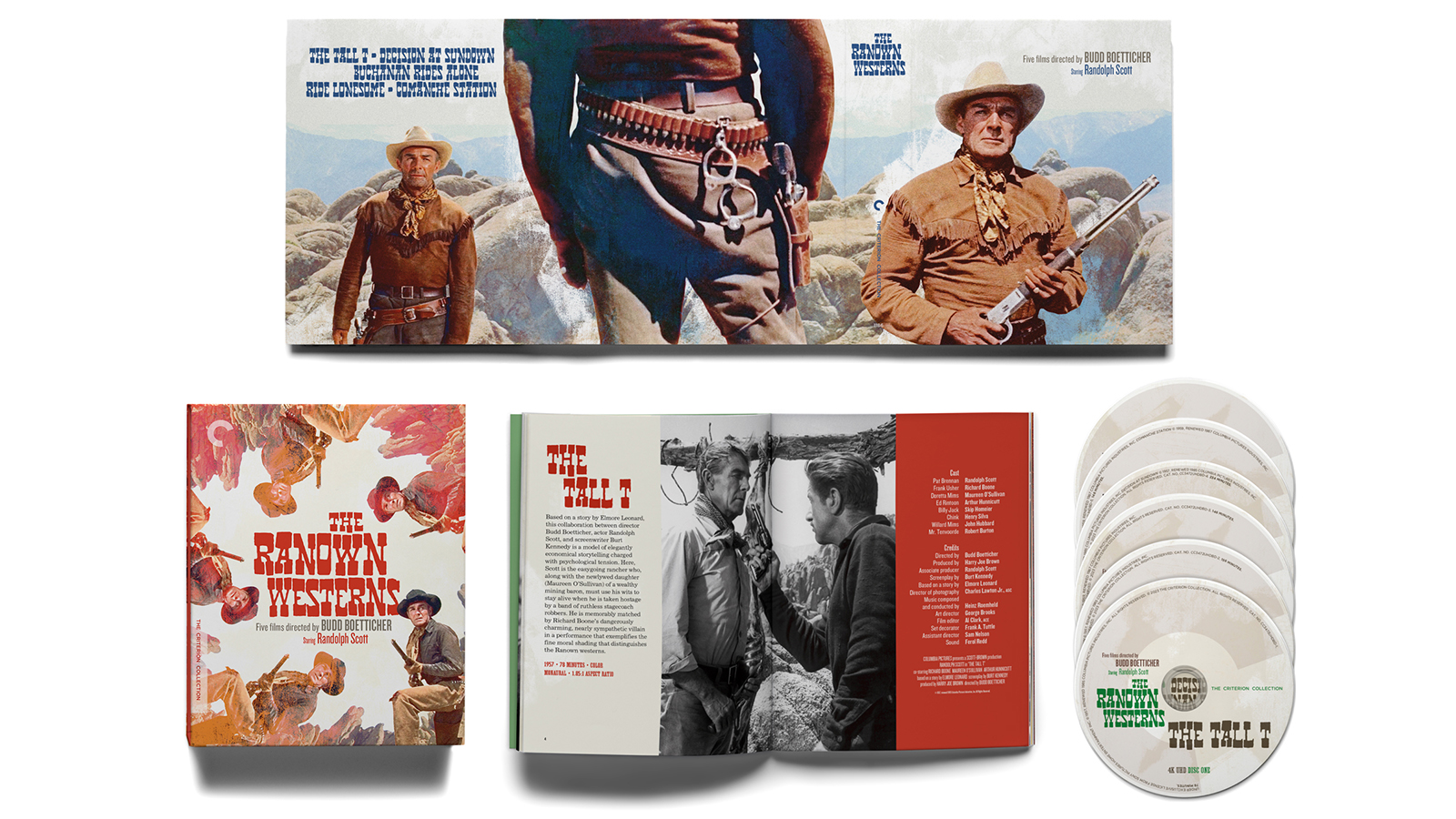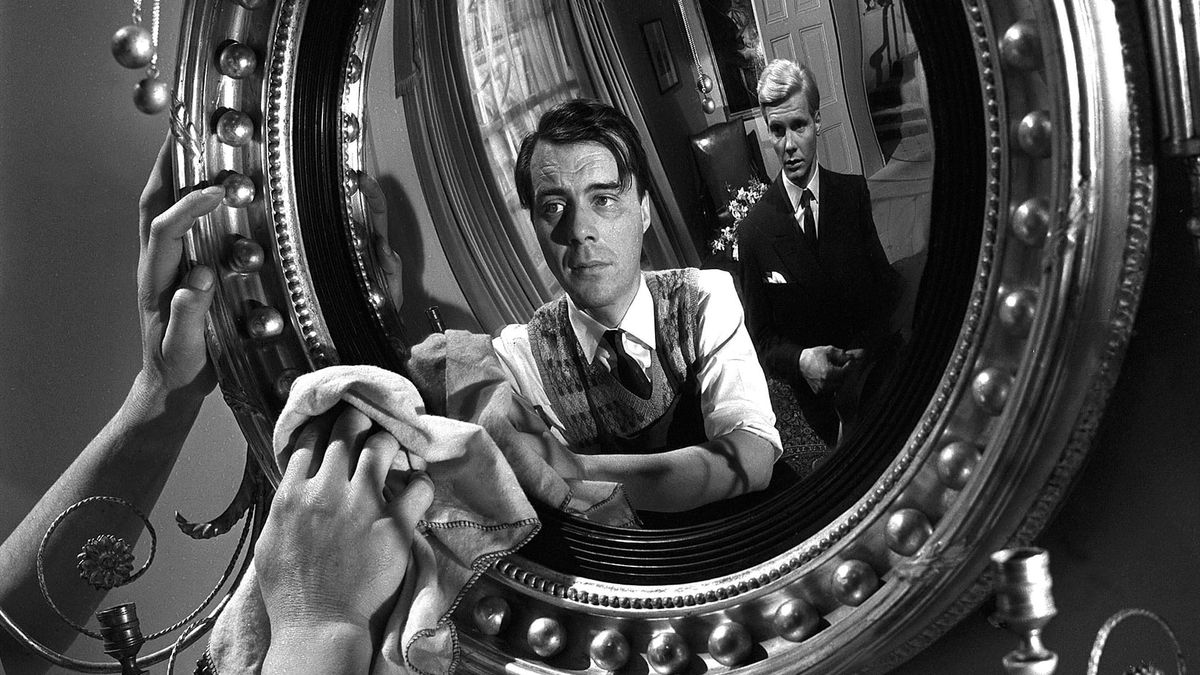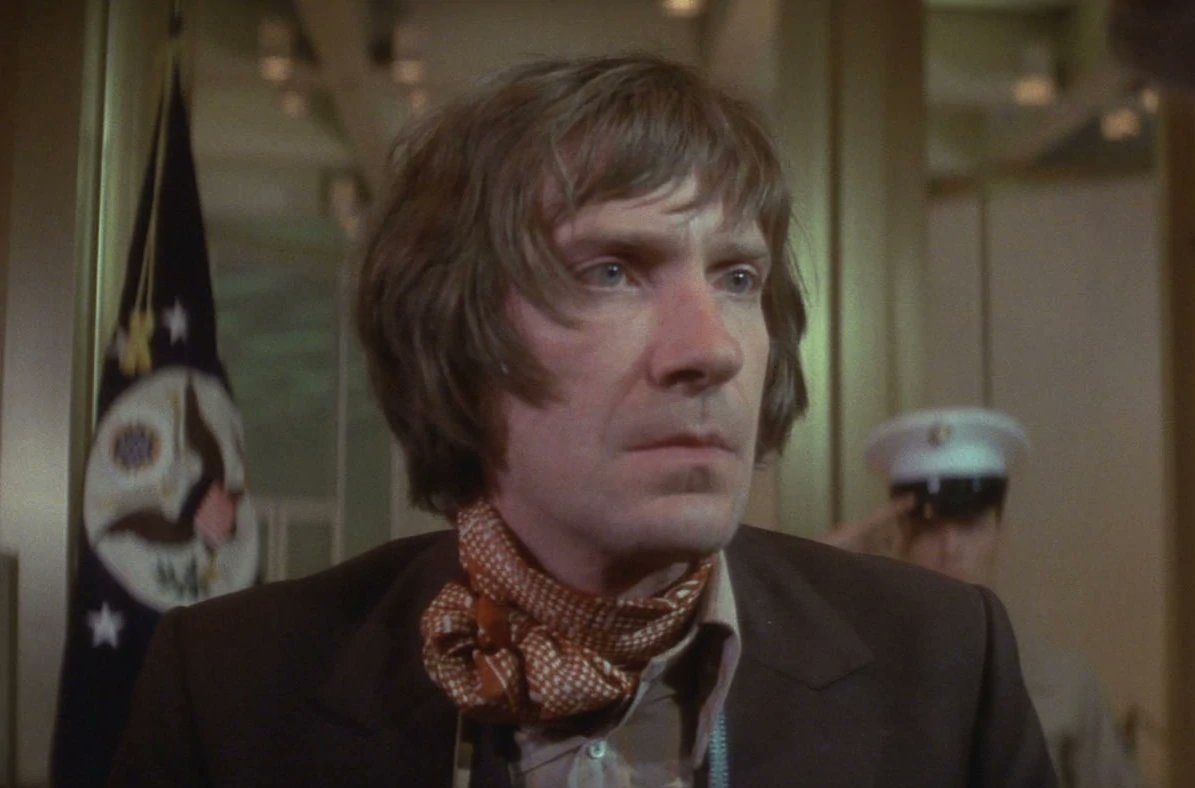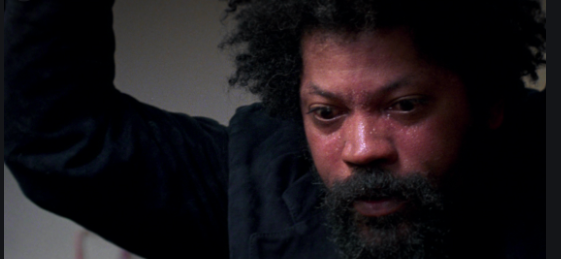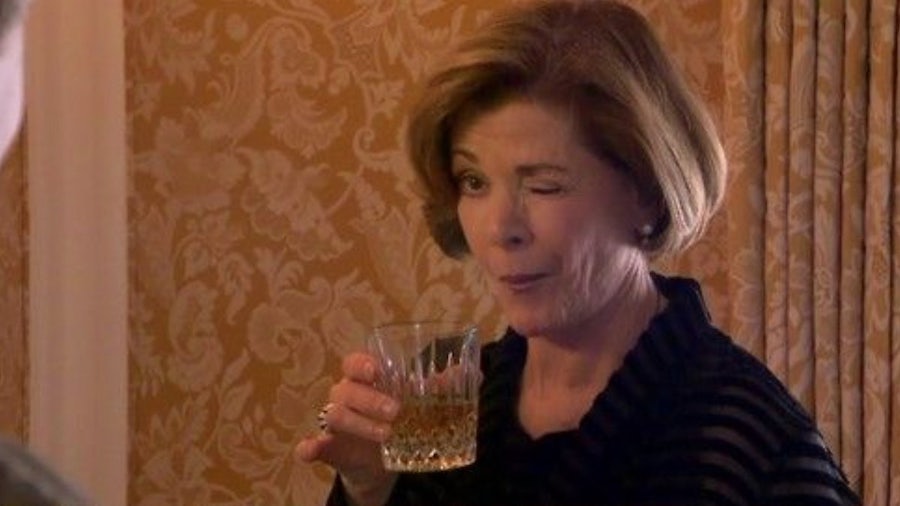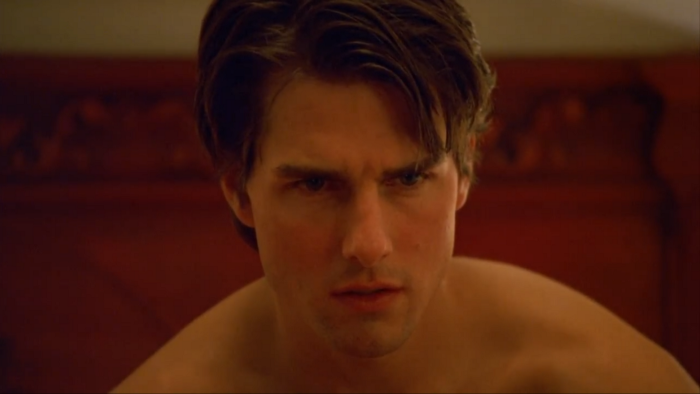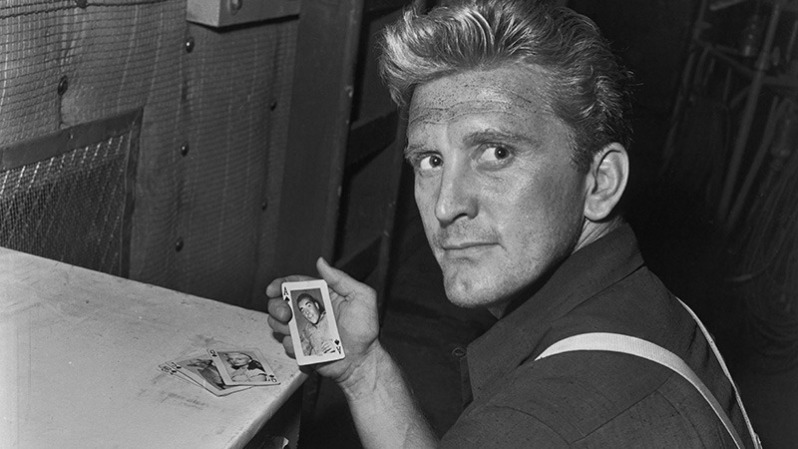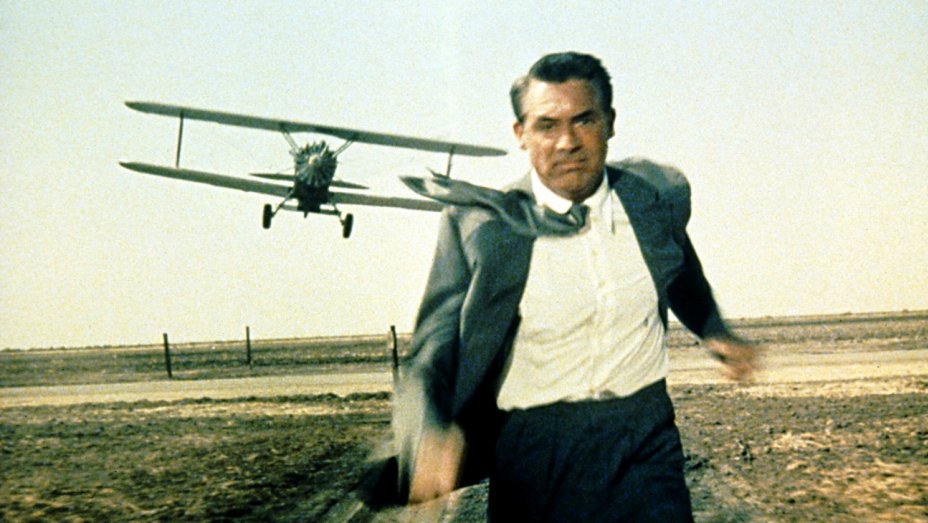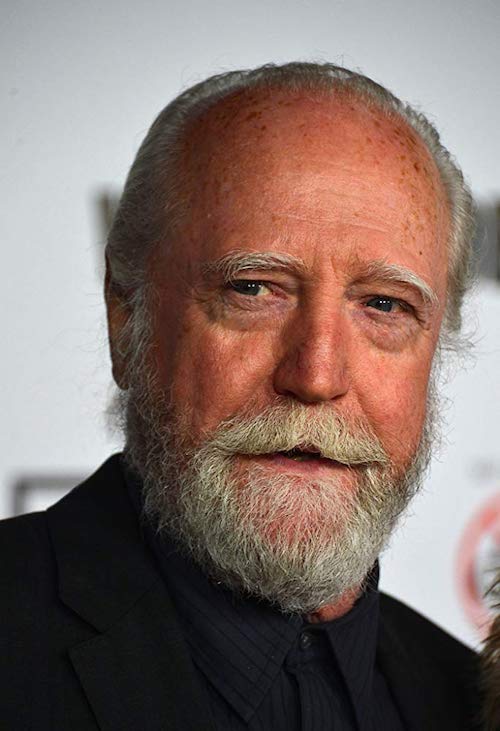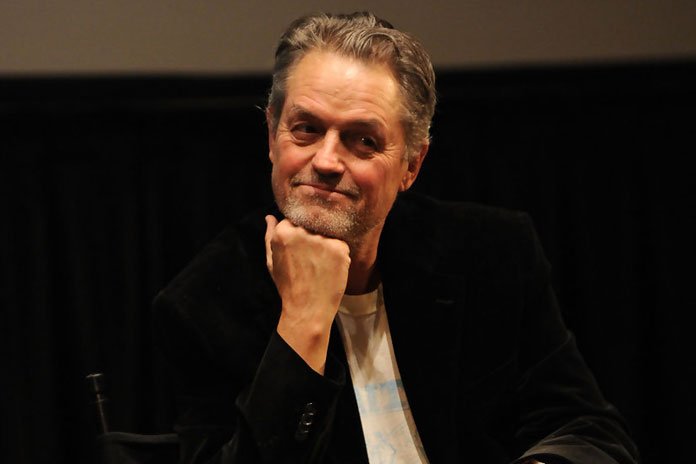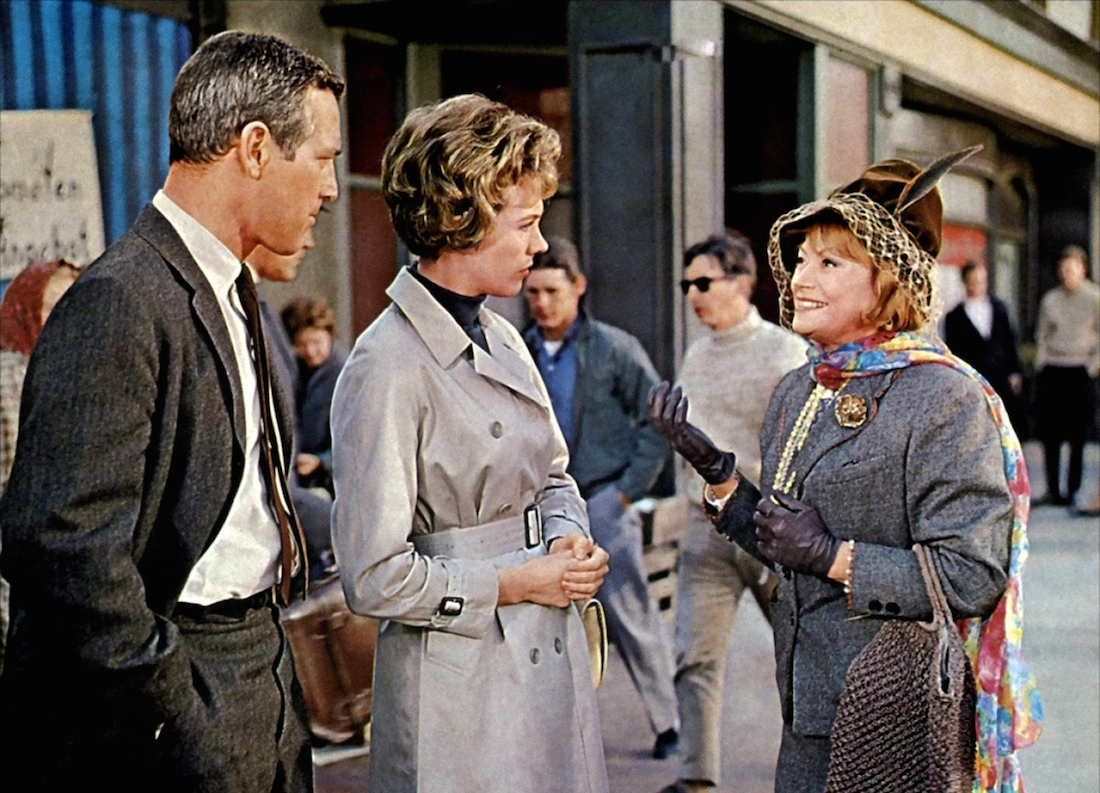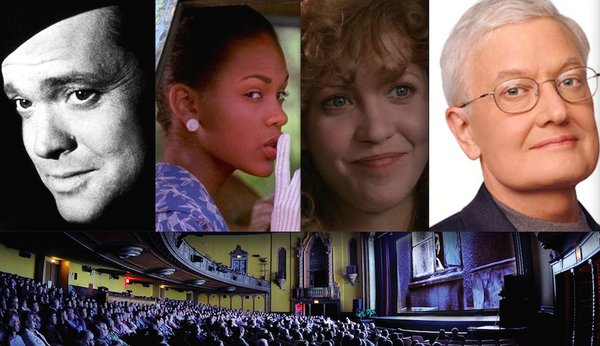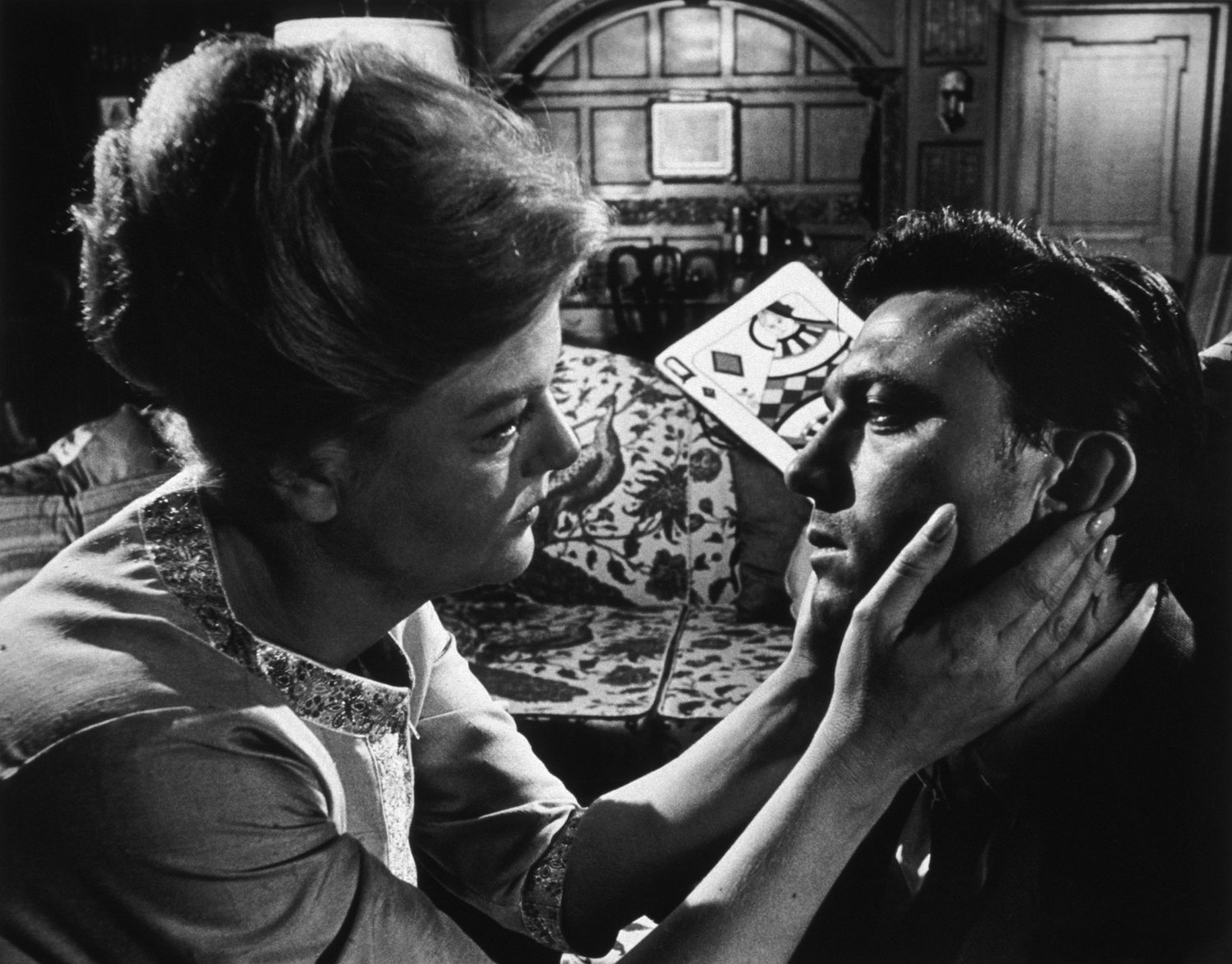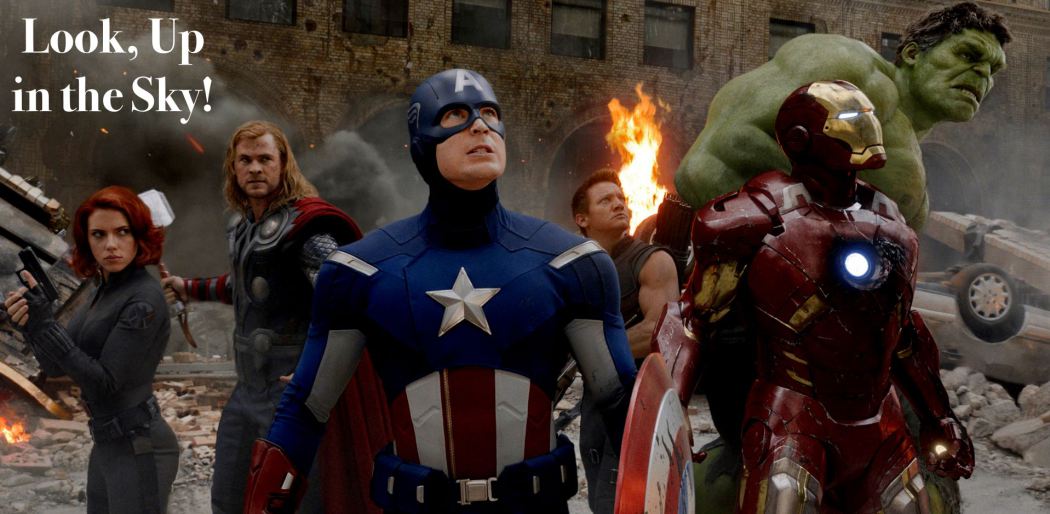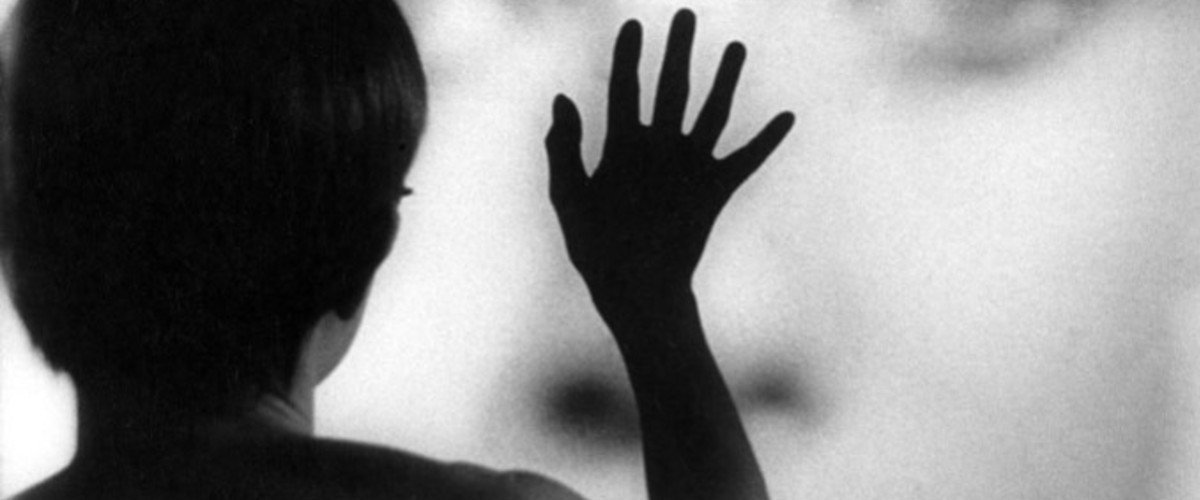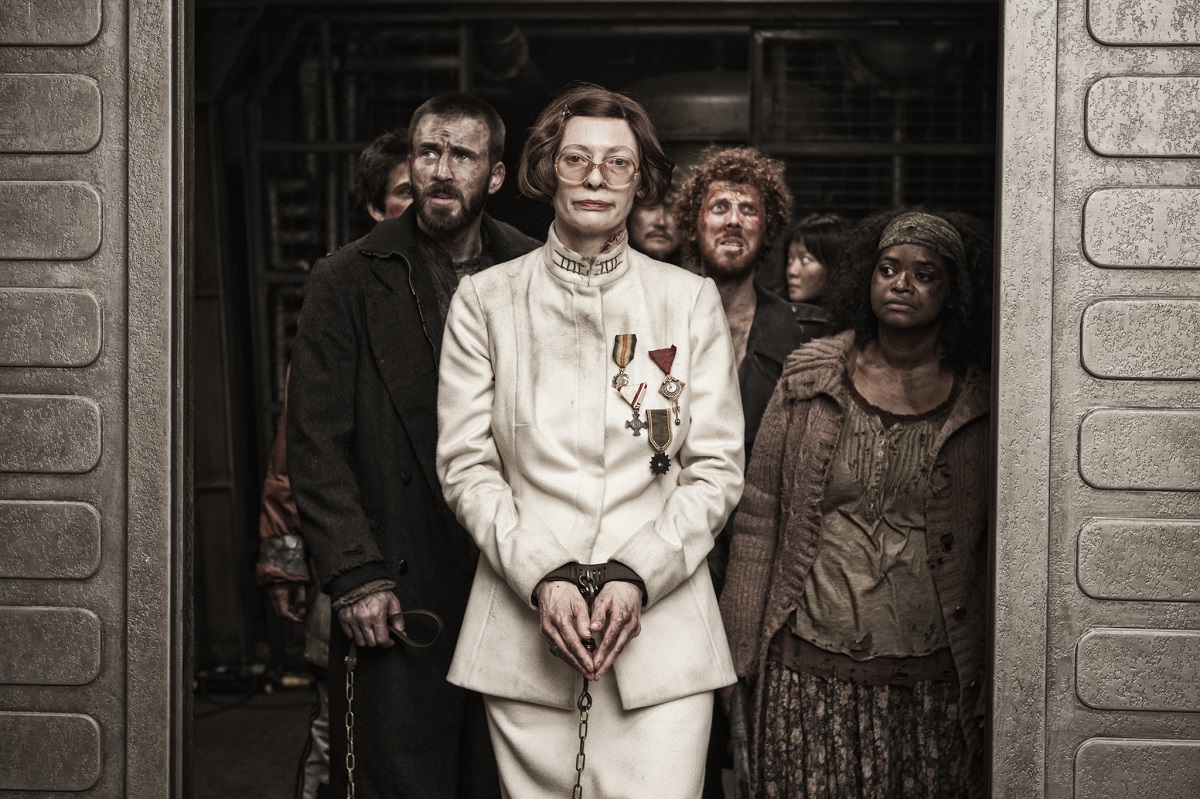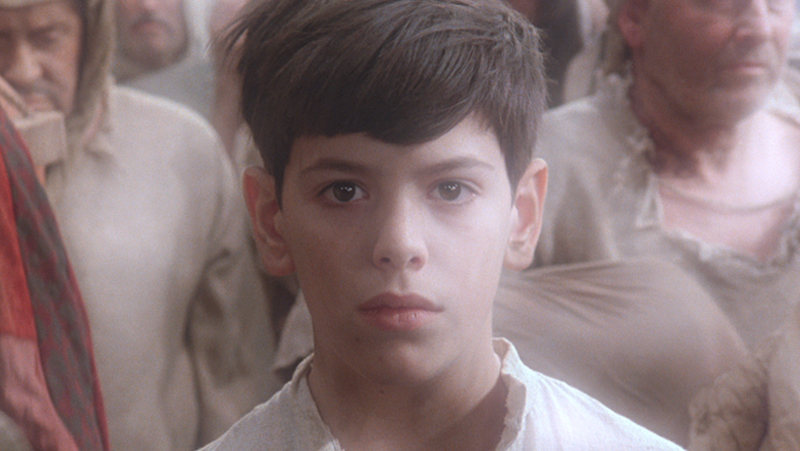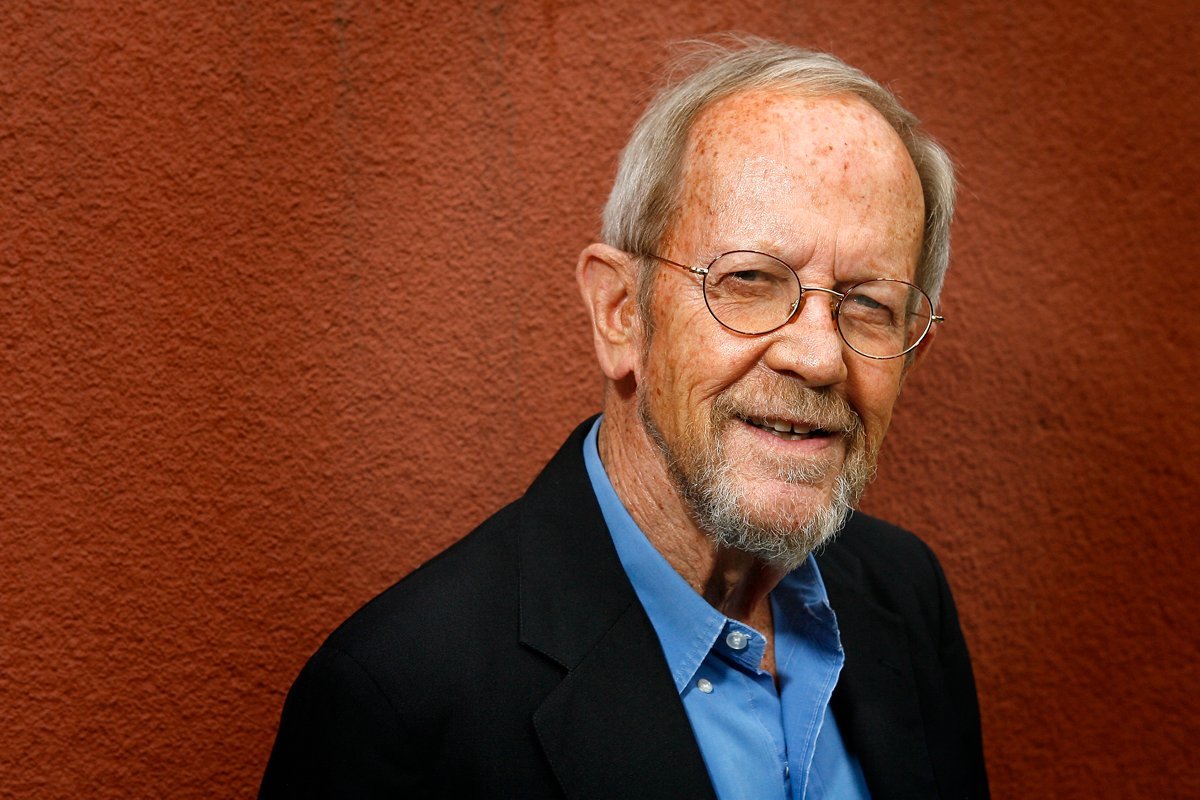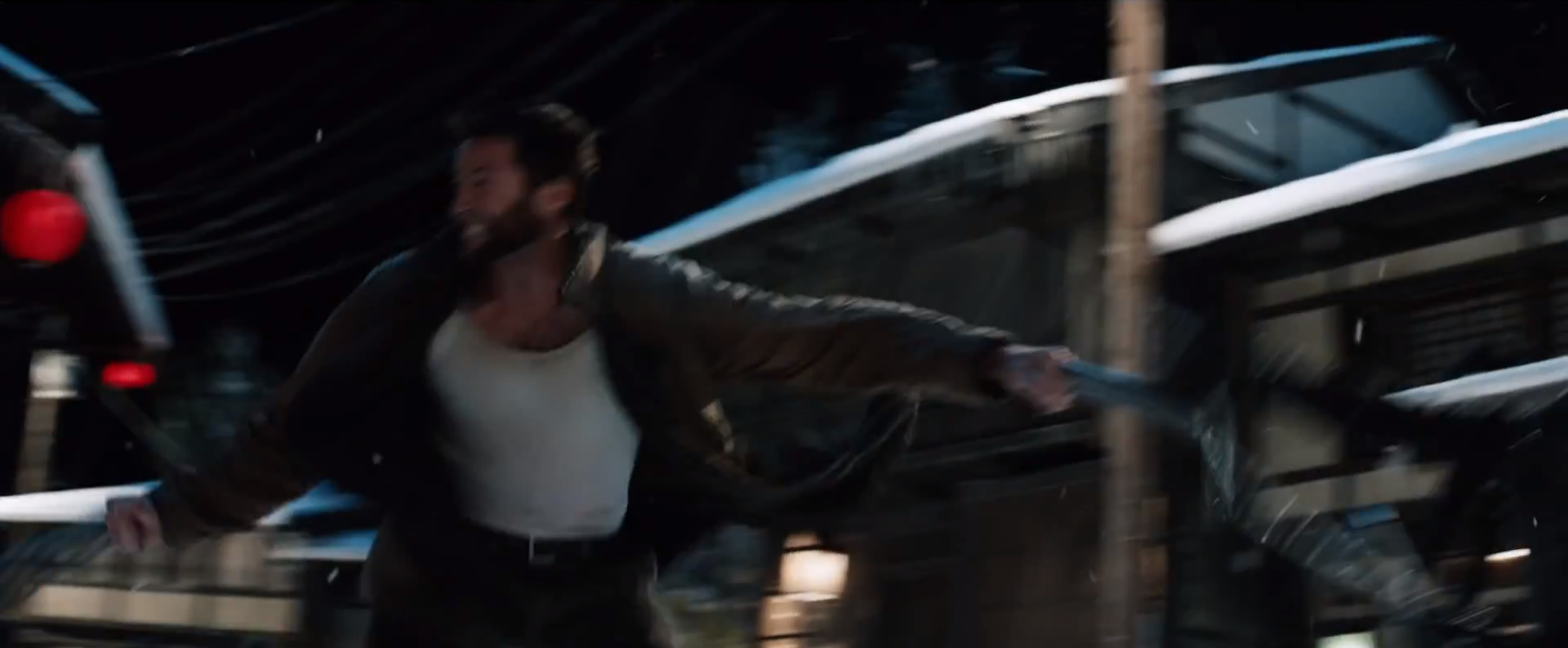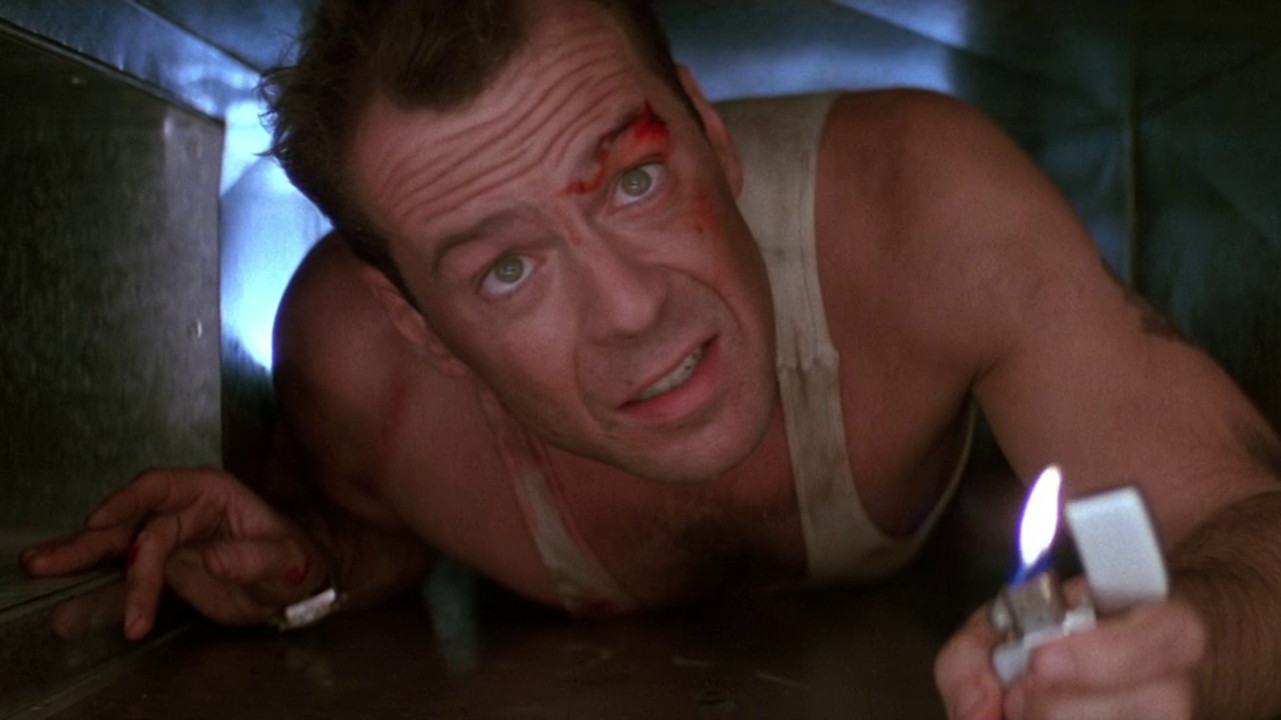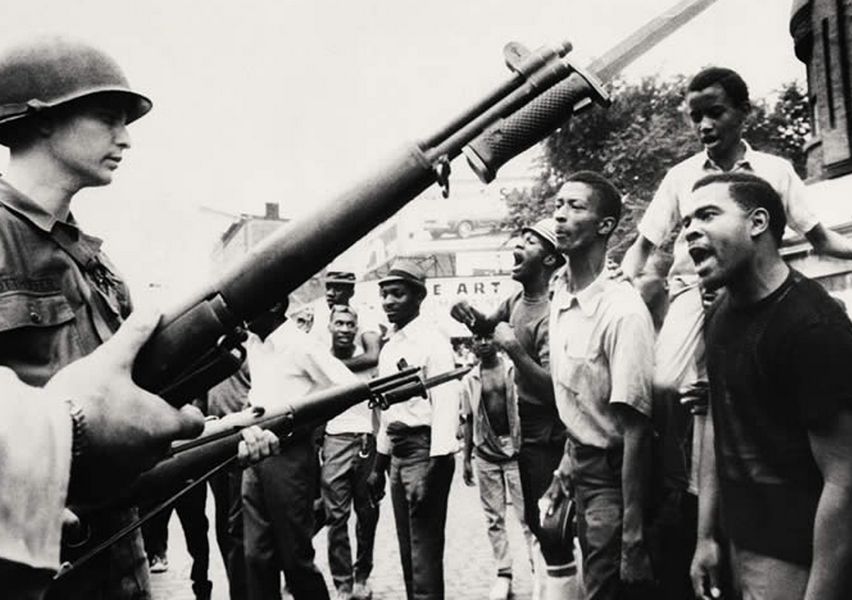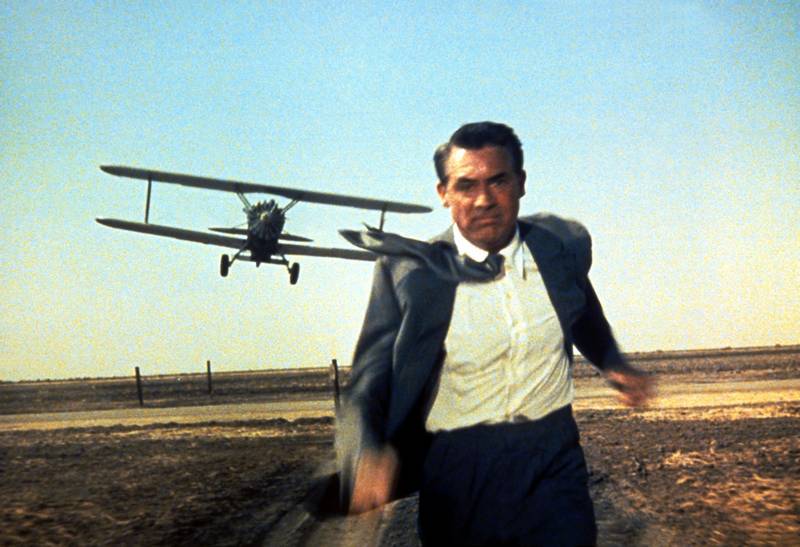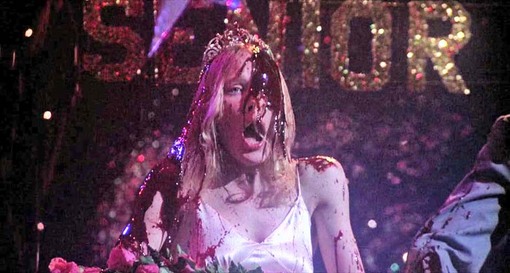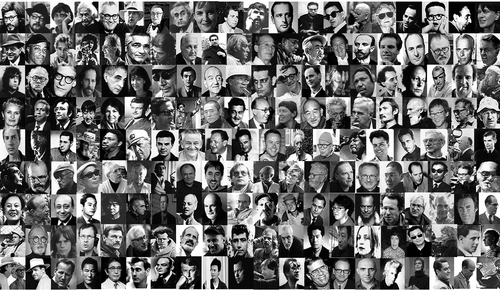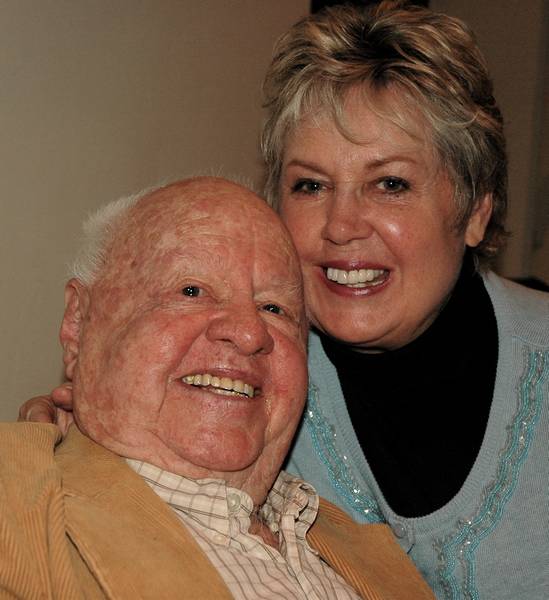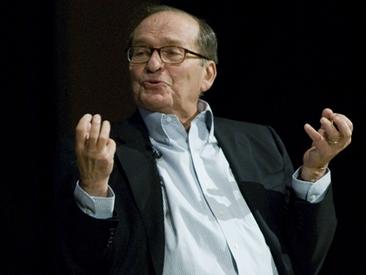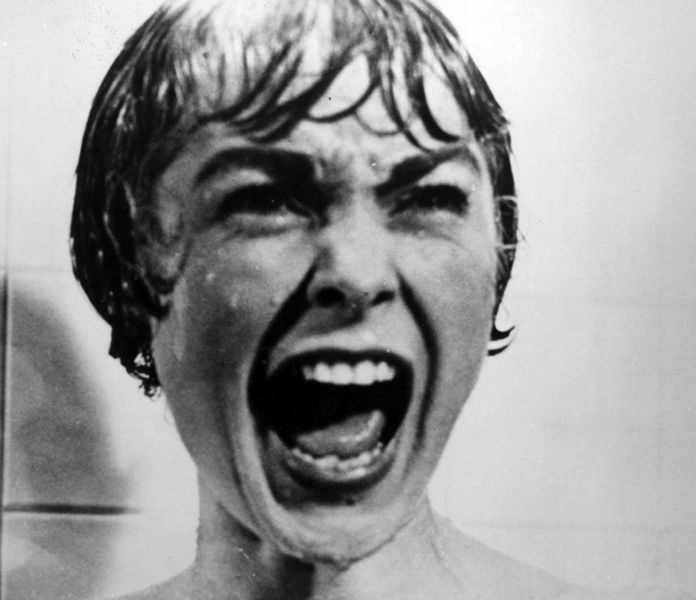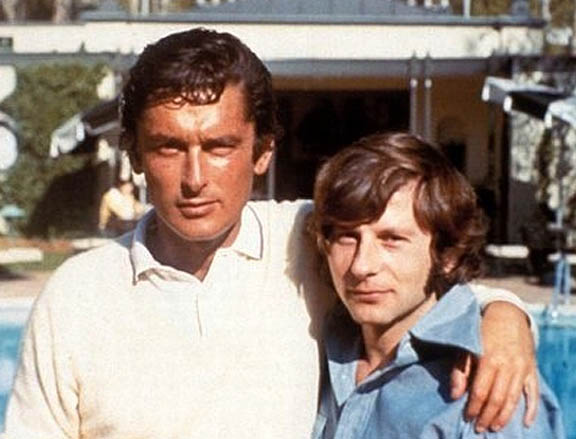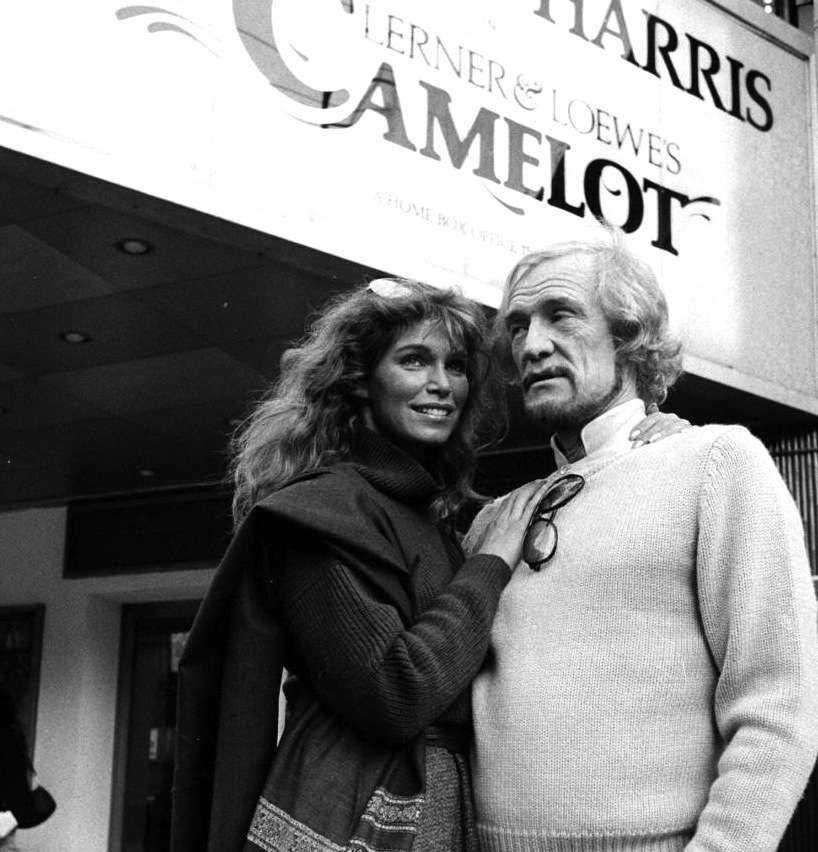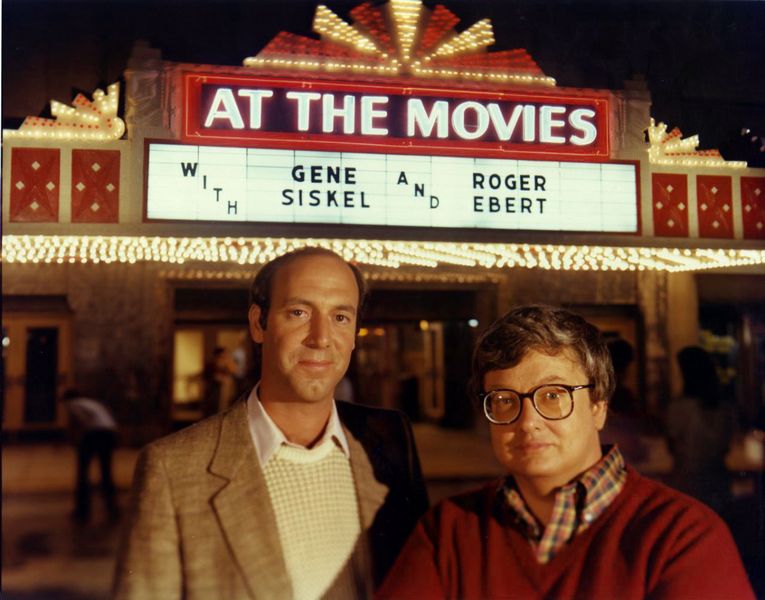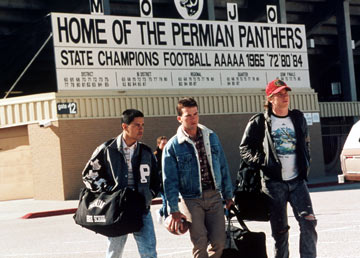John Frankenheimer Movie Reviews
Blog Posts That Mention John Frankenheimer
Another Chance: On the Sustained Power of John Frankenheimer’s Seconds
Wael Khairy
John Frankenheimer: A master craftsman
Roger Ebert
Interview with John Frankenheimer
Roger Ebert
Richard Harris: Don’t let it be forgot
Roger Ebert
KVIFF 2025: Stellan Skarsgård on “Sentimental Value,” Ingmar Bergman, and Cinematic Empathy
Isaac Feldberg
Lookin’s Free: Joe Don Baker (1936-2025)
Scout Tafoya
The Most Unsung Leading Man of His Generation: Val Kilmer (1959-2025)
Scout Tafoya
I Think Of Them As The Work: Gene Hackman (1930-2025)
Scout Tafoya
How Cold War Thrillers Expressed Presidential Campaign Concerns
Bijan Bayne
An Unforgettable Performer: Piper Laurie (1932-2023)
Dan Callahan
He Did It All: William Friedkin (1935-2023)
Scout Tafoya
The Ranown Westerns Join the Criterion Collection
Walter Chaw
Don’t Forget Your Place: On Joseph Losey’s The Servant
Walter Chaw
A Disappearing Act: David Warner (1941-2022)
Simon Abrams
Uncanny Talent: Clarence Williams III, 1939-2021
Matt Zoller Seitz
Jessica Walter: 1941-2021
Roxana Hadadi
The Joke’s On Him: Tom Cruise and Eyes Wide Shut
Matt Zoller Seitz
Kirk Douglas: 1916-2020
Peter Sobczynski
Beata Virgo Viscera: a Feature-Length Unloved Video Essay by Scout Tafoya
Scout Tafoya
Scott Wilson: 1942-2018
Peter Sobczynski
A musical soul: Jonathan Demme, 1944-2017
Matt Zoller Seitz
The Unloved, Part 30: Torn Curtain & Topaz
Scout Tafoya
Moving Pictures: A Recap of the 2016 TCM Classic Film Festival
Laura Emerick
An Overview of the 18th Annual Ebertfest
Peter Sobczynski
Home Entertainment Consumer Guide: March 17, 2016
Brian Tallerico
Thumbnails 5/7/15
Matt Fagerholm
Beyond Narrative: The Future of the Feature Film
Roger Ebert
Reverse Trip: Charting the History of Bong Joon-Ho’s “Snowpiercer”
Scout Tafoya
Thumbnails 10/4/2013
The Editors
Elmore Leonard, 1925-2013: An Appreciation
Odie Henderson
Why most modern action films are terrible
Nick Schager
“Die Hard” in a building: an action classic turns 25
Matt Zoller Seitz
Looking back at 1968, through a lens
Roger Ebert
What is the Cold War good for? A director’s career
Roger Ebert
The Best 10 Movies of 1988
Roger Ebert
101 102 Movies You Must See Before…
Jim Emerson
The great movies (almost) nobody voted for
Jim Emerson
Name That Director!
Jim Emerson
You better you better you best: The better of the best lists
Jim Emerson
Agents of chaos
Jim Emerson
Raccoon Nation: The hep cats of the ‘hood
Odie Henderson
Telluride #3: Mickey in the limelight
Roger Ebert
Cable goes where studios fear to tread
Roger Ebert
Sidney Lumet: In Memory
Roger Ebert
Janet Leigh dies at age 77
Roger Ebert
Frank Sinatra’s legend lives on in films
Roger Ebert
Robert Evans: Life is suite
Roger Ebert
Richard Harris: Don’t let it be forgot
Roger Ebert
James Wong Howe, Master of Lights
Roger Ebert
By the time we get to Phoenix, he’ll be laughing
Roger Ebert
We’re not in Texas anymore… are we?
Roger Ebert
Popular Reviews

The best movie reviews, in your inbox
